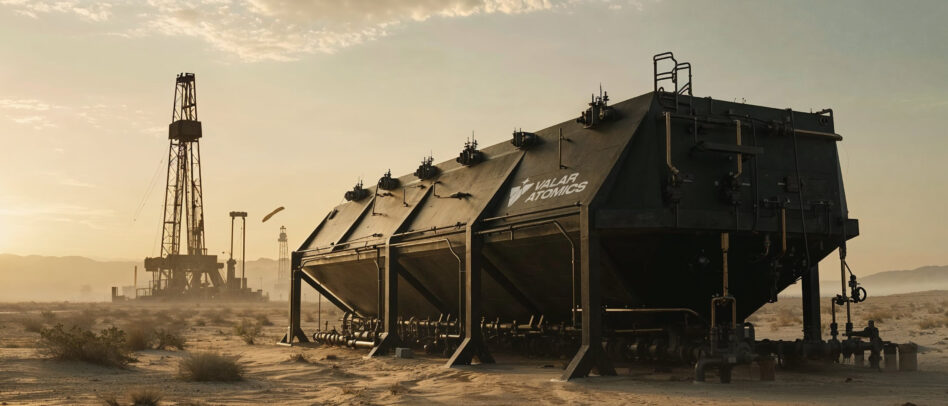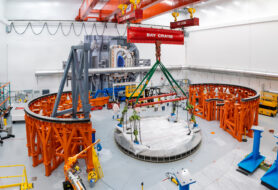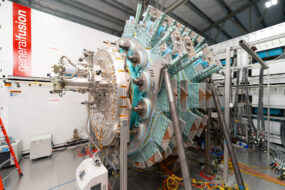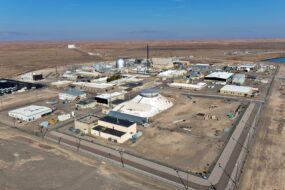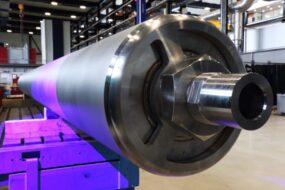What could nuclear power do if it was free from the restraints of the grid?
Valar Atomics looks to answer that question by using nuclear reactors to create hydrocarbons that can replace traditional oil and gas-based fuels. This week, the company raised a $19M seed round, reached a tech milestone, and announced a major partnership (more on that later).
- The round was led by Riot Ventures and included participation from AlleyCorp, Day One Ventures, Initialized, and Steel Atlas.
- Valar has raised $21M to date, including a pre-seed last year.
Locked in: Since hiring most of its team in April 2024, Valar has moved quickly to design and build the first non-nuclear reactor prototype that will eventually form the foundation of “gigasites,” or large-scale plants where TRISO-powered reactors work at very high temperatures to generate fuels that can then be shipped out.
“You can create diesel, jet fuel, gasoline using hydrogen and CO2, and you get that hydrogen from splitting water using a nuclear reactor,” Isaiah Taylor, CEO of Valar Atomics, told Ignition. “So what this would allow you to do is actually make jet fuel, diesel, gasoline essentially from industrial water and air.”
That approach, Taylor said, creates carbon-neutral fuels that can be shipped along traditional routes. “It allows you to make nuclear sites very, very large scale, because you get to plug nuclear energy essentially into the existing distribution system of oil and gas.”
“We already have trillions of dollars of energy infrastructure built around carbon fuels, right?” Taylor said. “We have trucks, we have pipelines, we have ships, we have engines, turbines. We have all sorts of things built around consuming carbon fuels.”
Might as well use what you’ve got.
Get testing: This week, Valar completed assembly of Ward Zero, its first reactor prototype, using silicon carbide instead of uranium in the core. This test strategy will allow the company to play through disaster scenarios and collect real data before creating a uranium prototype.
“Instead of sitting there and trying to make this perfect argument on paper about why this thing is going to be perfectly safe, we’ll build it in non-nuclear form, test it rigorously over temperature [and] over pressure, beyond failure scenarios, and then you have actual data that shows, yeah, that actually is how that thing behaves in those conditions,” Taylor said.
But then…After Ward Zero comes (you guessed it) Ward One, the first prototype with uranium in the core. This week, Valar also announced a partnership with the Philippines Nuclear Research Institute (PNRI) to build and deliver that first reactor.
- The Philippines’ 7,641 islands largely run on diesel, but the government is interested in exploring nuclear energy to meet the country’s needs. Valar Atomics’ approach could be the energy source they’ve been seeking.
What now? Now that Valar has completed assembly of its first machine, testing begins. The company hopes to collect enough data to complete its safety analysis by this summer.
Lead Reporter of Ignition
